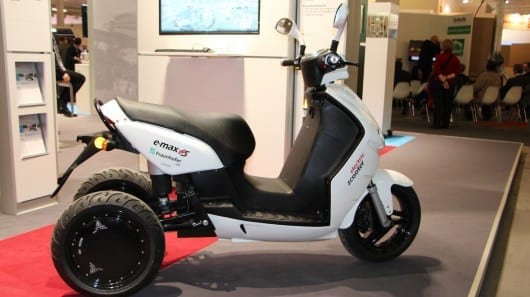Demonstrating stable, fast and low-power performance
In a recent issue of the journal Nature, researchers from the University of Twente, Netherlands, explain how they succeeded in transferring magnetically coded information directly into a semiconductor, for the first time at room temperatures. Meanwhile, Toshiba announced at the International Electronics Devices Meeting (IEDM) it has developed a MOSFET transistor harnessing spintronics, demonstrating stable, fast and low-power performance.
Manipulating electronic spins in room-temperature silicon
Compared to bulky relays or vacuum tubes, today’s electronics is undoubtedly a tremendous leap forward; however, despite constant advancements, representing a bit with a charge requires an high amount of power, part of which is wasted as heat, reducing efficiency and battery life in portable devices. This is where spintronics comes into play, as manipulating the spin of electrons rather than charge could save us a lot in our energy bill and give us far greater autonomy to laptops, iPods and the likes.
Considered by many as a very strong candidate for the next generation of personal electronics, research in spintronics is so active that, these days, an edition of journals like Science or Nature hardly hit the stands without mention of new advancements. Part of the reason for this is also that not much at all is known at this point, making researching spintronics a bit like walking in uncharted territory — a treasure could be hiding around nearly any corner.
We’ve previously covered how researchers achieved all-electric spin control. Diamonds, or rather nitrogen impurities in them, have already been shown to be an outstanding mean to both probe and quickly manipulate electronic spins even at room temperatures, but they would likely result in expensive chips that will probably never make it to mass production.
The industry’s aim is therefore to use the already familiar silicon for these purposes, which is exactly what the researchers at the University of Twente managed to do. While others had already reported being able to store spin information in silicon, the Twente team is the first to achieve this at room temperatures, a necessary step for future mass production and something that will likely facilitate future research as well.
To achieve an efficient information exchange, the researchers inserted a very thin layer of aluminum oxide between the magnetic material and the semiconductor. When applying a current across this layer, which is less than one nanometer thick, the information is readily transferred to the silicon.
The researchers found that the spin information can propagate into the silicon to a depth of several hundred nanometers, which is enough to allow the operation of nanoscale spintronic components. The next challenge will be to build new circuits and components that use this acquired information to manipulate spin information rather than charge — and a very significant step in this direction has just been made public by Toshiba.








